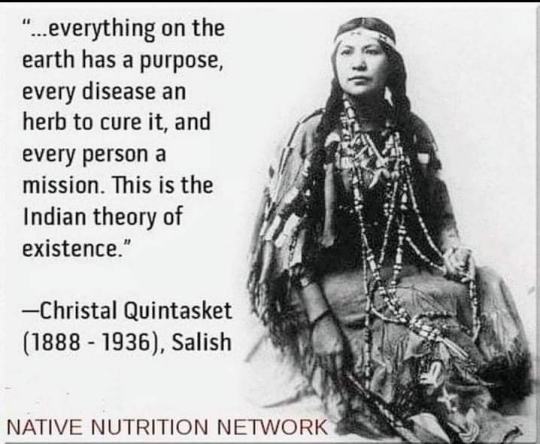#saulteaux
Text

#Timucua#indigenous#ndn#landback#n8v#salish#penddoreille#kalispel#kalispell#Chippewa#ojibwe#saulteaux#metis#red river metis#nez perce#interior salish#cree#inuit#apache#maya#choctaw#lumbee#sioux#dakota#lakota#blackfoot
52 notes
·
View notes
Text

" Asibikaashi "
the spider woman who made the dreamcatcher
(2022)
#my art#ghostclementine art#digital art#artists on tumblr#art#anishinaabe#indigenous#ndn art#ojibwe#saulteaux#digital drawing#indigenovember#indigenous artist#native art#indigenous art#dreamcatcher#native artist#digital artist
86 notes
·
View notes
Photo
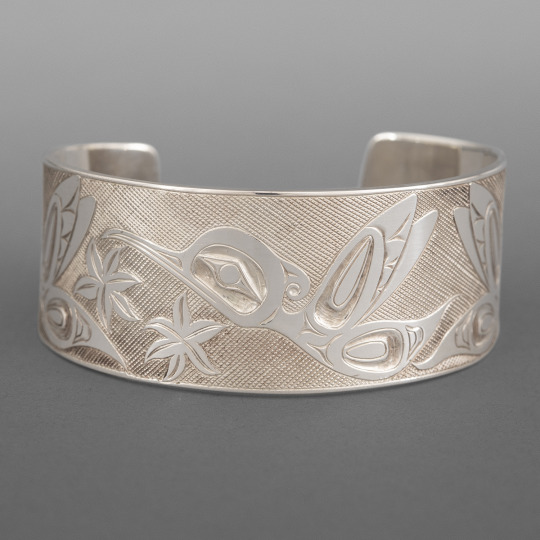
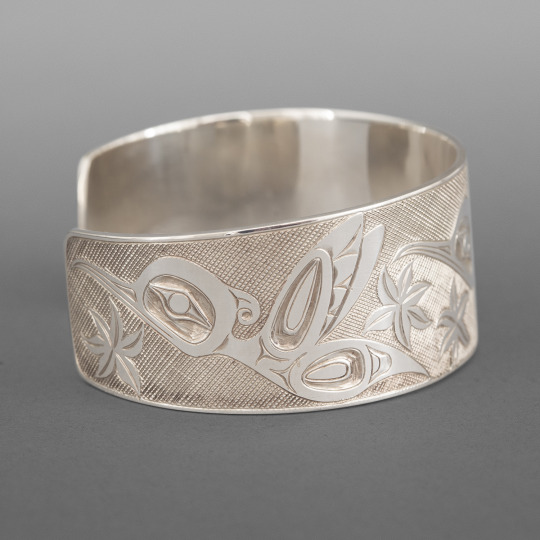

Hummingbirds Bracelet
Allen Thompson
97 notes
·
View notes
Text
On This Day In History
June 2nd, 1763: Pontiac's War. Ojibwe warriors in the Great Lakes region capture Fort Michilimackinac by using a game of lacrosse as a diversion.
#history#native american#michigan#18th century#lacrosse#on this day#pontiac's war#ojibwe#ojibwa#chippewa#saulteaux#anishinaabe#indigenous#indigenous history#indigenous resistance#native american history
126 notes
·
View notes
Text
diaspora is survival : let the dystopian morning light pour in
this is an edited version of an autobiographical essay i submitted for my pan-african geography class where the prompt was
"Using the excerpt from Stokely Carmichael’s Ready for the Revolution as a model, write a short autobiographical essay describing your own experience of “diaspora as survival.” How, in other words, did you end up here in Vancouver and at UBC? While you should describe as much as possible the migrations of your own family, you should also try to include references to those important historical markers of labor, history, race, colonialism, migration, and gender that are referenced by Carmichael."
the purpose of me publishing this essay on tumblr is so i can cite it for another class, michael if ur reading this i hope u enjoy it !! i omitted some details i wasn't comfortable posting on the internet (aka not doxxing myself). also if the capitalization seems funky, it's intentional !!
I am what time, circumstance, history, have made of me, certainly, but I am, also, much more than that. So are we all.
[Notes of a Native Son – James Baldwin]
I’ve always been a bit of historian, how could I not when my own history, my own stories, have been hidden from me. To be Indigenous in a country that treats my people as a history, as no longer present, means being a historian of my own culture is a form of resistance. It doesn’t fit with the settler colonial canadian logic for my people to have a history or culture. Everyday I resist this occupation by remembering, by recreating, and continuing anishinaabek ways of living. And if Audre Lorde says, “the personal is political”, then much of what I write (both for academic purposes but also creative projects) will involve the politics of being a disabled Afro-Indigenous queer/two-spirit person living in an occupied state. Simply put, I write as a Nakawe, a citizen of Tootinaowaziibeeng, in Musqueam territory. I write from the belly of the beast and it can hard to avoid the drops of acid on these pages.
How do you know your history? I’m not saying “ask your mom to cite her sources” but how do you know if what you’ve been told about yourself, your family, community, etc is true? I don’t believe one’s truth and what is fact are the same, at least I haven’t lived a life like that. Thus I’ll start where life starts, with the one who brought me into this world. I was born in oskana kâ-asastêki to my two adoptive parents and my biological mother tracy-lynn. I was adopted at birth, many who aren't familiar with the foster care system (the modern way canada monitors Indigenous children’s whereabouts, since the final residential school closed in 1996) would think that being adopted at birth was a good thing, I don't know if it was. You're likely wondering where my biological dad is… well that makes two of us. During conversations with her social worker she admitted to not knowing the father and regularly having casual sex with men of different ethnic origins, naming white, Indigenous, Black, and Filipino. Thus my adoptive parents (Tracey and Arlon), assumed I was Filipino based on my looks. Although strangers did occasionally throw Black microaggressions towards me, older white women wanted to touch my black curls and I was a girl who wanted to be ‘polite’.
For the first 18 years of my life, it was my truth that I was Filipino. The guilt of my lack of connection from my Filipino friends eventually brought me to study the language as a teenager. Wanting to know what region of the Philippines my father was from lead me to doing a DNA test around age 18. Discovering the truth, for a short period of time, resulted in a what felt like a cultural crisis. I finally felt comfortable in one of my ethnic backgrounds (comfortable enough to get a tattoo of the Philippines flag within a knife, image above) so realizing the rarity of situations like this and not being able to find help online terrified me. After learning basic Tagalog, growing up with Filipino friends, and even embarking on a double major of History and Asian Studies, I had found myself in a very strange circumstance. You can find thousands of articles giving advice on how to come out as gay or transgender (as I had done so at 11 and 12 myself), but nobody really comes out as African. Honestly, I was scared that people would think of me as a liar or fraud. Like the pretendian equivalent of being Black. If the truth came to light, people would think I was intentionally lying about my race. At the same time, I was scared that if I said I was Black, but provided no proof, I was just some annoying leftist trying to claim a marginalized identity. It felt like being called to fight in a war where I'd lose on either front.
As strange as it sounds, I can’t imagine my life without my queerness. Growing up with two older siblings that came out as queer before me allowed 11 year old me to develop language to understand myself and others. If I weren’t queer, I don’t know if I would’ve been introduced to philosophies of identity and history. Gaining a sense of self, a sense of pride in who I am and the communities I’m a part of, was integral to me discovering feminism at a young age (roughly age 13), leading me to learn from Black and Indigenous feminists/communists, many of whom I cite today in teacher education. The most important life lesson being queer has given me is that I don’t need to “know” myself, know what exact labels and identities suit me at any given moment, I just need to live. For example, I don’t inject testosterone because I feel at my core I’m a man (I don’t) or because I feel a need to prove my masculinity in a biological way (I don’t), I do it because I like the way it makes my body look. In a very Gen Z way, I decided to fuck around and find out. Thus when I had my cultural identity crisis, I realized I could just identify as mixed Black/Ethiopian/African. In the same way there’s no “true trans” person, there’s was no way for me to “truly” be African. I just am.
As mentioned, I learnt about social justice issues and movements relatively early which was integral to my own identity development. Through learning from revolutionaries like Kwame Ture who stated “We're Africans in America, struggling against American capitalism. We're not Americans” and “a fight for power is a fight for land. [...] Our land is Africa. America's not our land, it belongs to the American Indians and we have a right to stand and take a moral struggle with them.” I felt empowered to describe myself as Afro-Indigenous, to bring my two sides together as one whole. Diaspora is survival can mean a lot of things at different times & places but here, it meant a member of the diaspora empowered another diaspora to take up the family name of African, within my mixed background. The name survived its travels. This is my favourite term for a few important reasons. Firstly, I’m acknowledging the lands I’m from. Both the ties I have to Africa as a diaspora and Indigenous reflecting my Turtle Island upbringing. Secondly, I’m not identifying with a colonial state as terms like Indigenous Canadian or Black Canadian would suggest. Lastly, I’m not playing into the settler idea of blood quantum. A soul cannot be divided into percentages.
It feels wrong, embarrassing even, to say I envy the classmates of mine who have the privilege of being one call or text away from a family member that can answer simple questions. I only know what someone, I assume a social worker, felt was worthy of documenting. I didn’t learn that my maternal grandmother’s brother roger was forced into multiple residential schools from tracy-lynn or her mother rita, I learnt from a fucking hydro company. How colonial dystopian is that? Hydro Manitoba did a study of the land they intended to put pipelines through, consulting the nation which neighbours my own. My nation is Tootinaowaziibeeng First Nation, physically within Treaty 2 territory but a signatory of Treaty 4. I’ve lived most of my life on Treaty 4 land, i.e. the land stolen from the Métis (michif), Cree (néhiyaw), and Ojibway (anishinaabe). My adoptive dad Arlon is a descendant of the first British & French settlers in the region and he didn’t know which Indigenous peoples lived on the land that makes up our family farm-turned-acreage until I told him. To him, the land was always in the family and was empty before, owned by the canadian government that gave it to his family. As a socially anxious young adult he was set up on a dinner date with my adoptive mom, Tracey. She was also from a white farming family, her childhood home being just 2 km down the road from where mine still sits today. Growing up she embraced the cuisine of her German ancestry, that was all her mother taught her. If I remember correctly, she’s mostly German, but had Jewish family survive the Holocaust, becoming refugees to Canada after leaving the Netherlands. I’m unsure if they were Dutch Jewish, I never asked. Despite having 3 known sides of family, I’ve always been distanced from them in some way. When I was young my mom told me the reason we didn’t spend time with distant family was because they were “mean” to her. As a teenager I learnt “mean” actually meant racist, they were upset with her for adopting an “Indian” baby.
Like Toni Morrison, much of my own literary (and musical) background comes from autobiographies. Now that I think about it, I’m surrounded by autobiographical creations. I can prove this on the spot by looking down at my phone next to me, Spotify open, playing Boujee Natives by Snotty Nose Rez Kids, a hiphop duo from Haisla First Nation. That song is on my ndn rap playlist, below it is my hiphop for sexy ppl only playlist which contains only Black/African rappers. I hit shuffle on the playlist and Malcolm Garvey Huey by Dead Prez comes on, ironic as I get to read works by/about these exact historical figures for this geography class. If I look into my backpack next to me I’ll find Dancing On Our Turtle’s Back by Leanne Betasamosake Simpson (Michi Saagiig Nishnaabeg) and Creeland by Dallas Hunt (Swan River First Nation), both autobiographical works to an extent. That’s just my immediate surroundings here at a cafe near my house, I typically exist near a shelf of autobiographies at my two library jobs, as well as at home in East Van.
Where would I go? If I wrote an autobiography what section would they put me in? Would it still be autobiography if so much of my family knowledge comes from government documents like an adoption act or residential school records? Would my Indigeneity render it a historical work? If I have to rely on historical evidence to make a guess, does that make my life a fiction? Assuming an Indigenous category exists, who makes the decision on whether I’m too Black to belong? Perhaps I’ll write a biomythography like Audre Lorde. The sisters have it figured out this time, I know where’d I go.
If past you were to meet future me, Would you be holding me here and now?
[Historians – Lucy Dacus]
References :
Afromarxist, “What's in a Name? ft. Kwame Ture (1989)” YouTube, video publication date 27 October 2019, https://youtu.be/OGcl359SMxE?si=T_bs5PKLBZuUYwZ0
Baldwin, James. Notes of a Native Son. Boston: Beacon Press, 1955.
Chakasim, Neegahnii Madeline. “Pretendians and their Impacts on Indigenous Communities.” The Indigenous Foundation, May 10 2022. https://www.theindigenousfoundation.org/articles/pretendians-and-their-impacts-on-indigenous-communities
HTFC Planning & Design & Manitoba Hydro. “See what the land gave us” Waywayseecappo First Nation Traditional Knowledge Study For the Birtle Transmission Line. December 2017. https://www.hydro.mb.ca/docs/projects/birtle/appendix_c_waywayseecappo_tk_study_final_report.pdf
Lucy Dacus. Historians. Jacob Blizard and Collin Pastore. March 2, 2018. Matador Records, digital streaming.
Books / music mentioned
dead prez. Malcolm Garvey Huey. June 22 2010. Boss Up Inc., digital streaming.
Hunt, Dallas. Creeland. Gibsons: Nightwood Editions, 2021.
*Maynard, Robyn. Policing Black Lives: State Violence in Canada from Slavery to the Present. Winnipeg: Fernwood Publishing, 2017.
Lorde, Audre. Zami: A New Spelling of My Name. New York: Crossing Press, 1982.
Phoebe Bridgers. ICU. Phoebe Bridgers, Marshall Vore, & Nicholas White. June 18, 2020. Dead Oceans, digital streaming.
Snotty Nose Rez Kids. Boujee Natives. May 10 2019. Independent, digital streaming.
Simpson, Leanne Betasamosake. Dancing on Our Turtle’s Back: Stories of Nishnaabeg Re-Creation, Resurgence, and a New Emergence. Winnipeg: Arbeiter Ring Publishing, 2011.
*Simpson, Leanne Betasamosake. As We Have Always Done. Minneapolis: University of Minnesota Press, 2017.
sources with * were in the original essay but omitted from this version
#original writing#academic essay#uhh#personal essay#autobiography#history#pan africanism#indigenous#indigenous writer#black academia#first nations#native american#creative writing#actuallyindigenous#ojibwe#ojibway#ojibwa#i love how many spellings exist lmao it's hell#saulteaux#nakawe#anishinaabe#treaty 4#prose#indigiqueer#queer#queer writers#uhhh#im running out of ideas#trans writers#riley writes
0 notes
Text
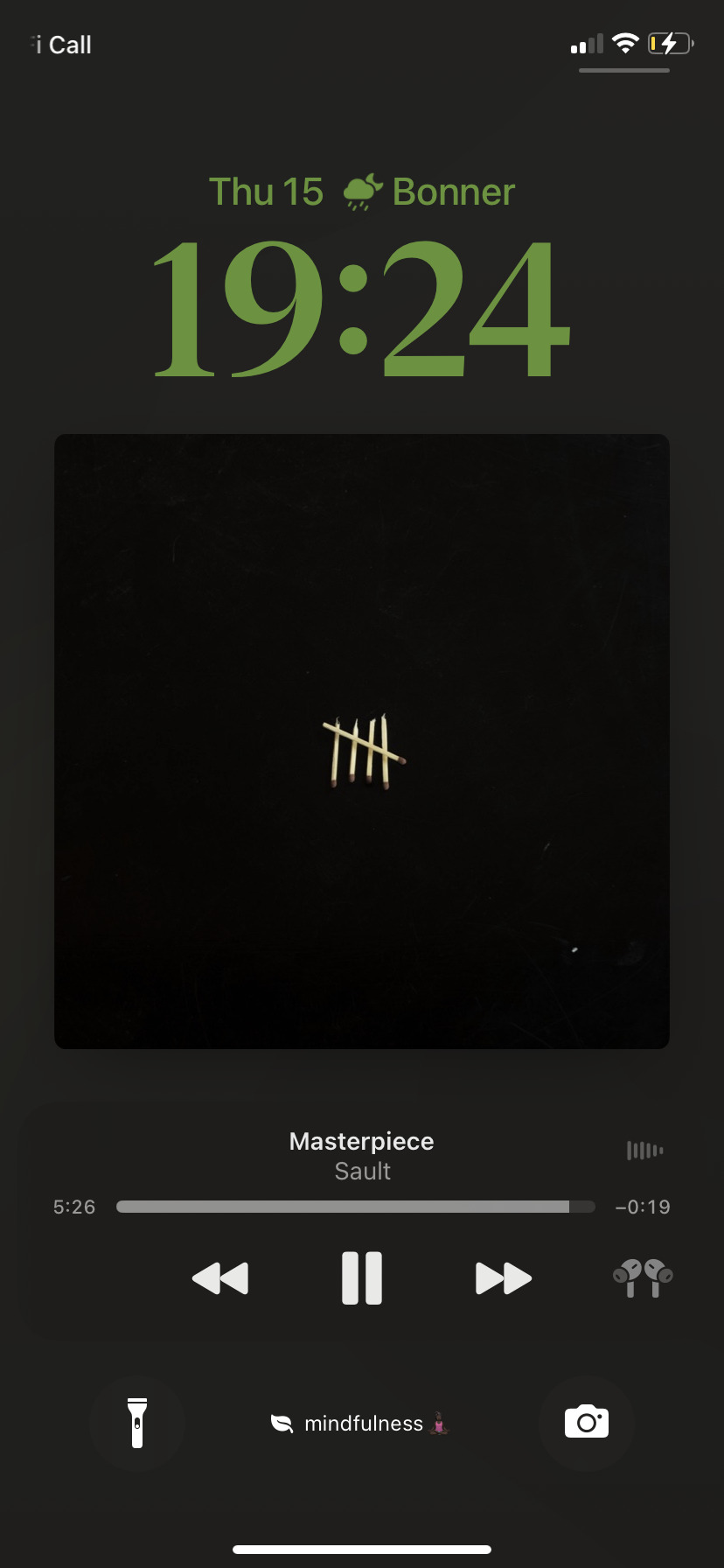
The outro to this song makes me feel jittery in a i love life type of way 🕺🏿
Masterpiece- SAULT
#music#rnbmusic#art#rhythm & blues#black art#black love#late night#rnblovers#rap#late night drives#saulteaux#masterpiece#saultglobal#little simz#cleo sol#neo soul#ukmusic#anonymous#npr#genius
1 note
·
View note
Text
Celebrate August 9
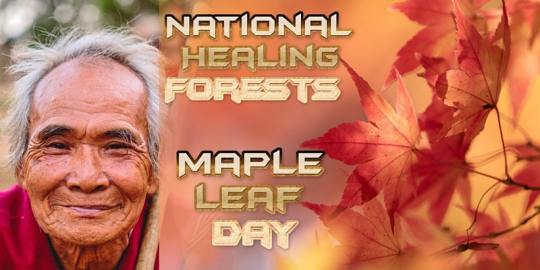
View On WordPress
#Cree#CultureDays#First Nations#Indigenous#indigenous languages#International day of the World&039;s indignous peoples#Metis#nakawe#nakota#NationalForestWeek#Nehiyawak#Saskatoon#saulteaux#treaty 6#United Nations Internationl Decade of Indigenous Languages#yankton#yanktonai
0 notes
Text

Corrine Moosomin, 25
Last seen in Saulteaux First Nation, Saskatchewan in 1986.
7 notes
·
View notes
Text
my 2s repost the links should lead to archive links <3

Hi I want to apologize for taking so long to respond, I wanted to get my thoughts together, to answer this properly. This’ll be long.
First, it is important that I define to you what exactly I know and see two-spirit as/to be.
I’ll start with the definition from wikipedia:
“Two-spirit (also two spirit, 2S or, occasionally, twospirited) is a modern, pan-Indian, umbrella term used by some Indigenous North Americans to describe Native people in their communities who fulfill a traditional third-gender (or other gender-variant) ceremonial and social role in their cultures.”
What I know the usage of the term two-spirit to be, yes, it is quite an umbrella term. I find it used all over Canada and America by Indigenous youth who identify as trans, AND by those who are LGB. As it is in usage now, it seems to just be the catch-all for any GNC or LGB indigenous kid. A label. And although I do think it’s wonderful for any LGB or T-identified or gender non-conforming Indigenous child to find a label that makes themselves comfortable and makes it easier to find others who have the same life experiences, I also think it’s wrong.
The intention of Two-spirit is meant, as we see in the wiki definition, as a catch-all describer of “traditional third-gender, ceremonial and social role in their cultures” for anybody who is North American indigenous. Anon I’m sure you know already but for those that don’t, our roles, typically, are heavily appointed by Elders. You don’t just identify yourself into performing traditions, you are appointed it by elders, or else you ask for their, for lack of better word, blessing. But… you’d be hard pressed to find much of our culture that does this for a “third gender” or “two spirit”.
I can’t speak for every indigenous culture as I was raised mainly into the Cree part of my family and not the Saulteaux/Oji-Cree, but in Cree culture the word of our Elders is sacred. Oral history is how we learn of our culture, in part because we were hit hard in the Canadian genocide of First Nations. I can very safely say, out of all the things I learned from my elders, the only thing I ever had to “teach” them was what Two-spirit meant and what a third-gender is. Because they didn’t know. They could tell me what life was like before they were taken away from the reservation, they could tell me tales of creatures, of Wendigo and Little People, they could tell me and teach me what is sacred to us, what our roles as male and female are, but they couldn’t tell me what Two-spirit is. I had to learn that from the white man. Why is that? Well… possibly because it’s not a thing. It’s not sacred. It isn’t part of the history.
And even if it is in any subset of our cultures, all these kids and indigenous youth who use 2S to identify themselves? They were not appointed the term by elders, they label it themselves.
I think it is important to note here that “Two-spirit” itself was a term first (as we know so far according to Wikipedia, so take that as you will) founded and pushed out of Winnipeg, Manitoba, Canada, which is Treaty 1 territory, home to Anishinaabe. I am not a part of this territory (although I have Elder family members who are from Sandy Bay, who I can confirm also do not know of two-spirit) but one quick search of “anishinaabe third gender” will even only bring up modern day Two-spirit ideas, and the coining of the term in 1990. Same with any search for “(nation) third gender.” I have had a very lovely Anishinaabe anon in the past, and she has also vented her frustration at the use of the term, especially as an umbrella term for any Indigenous kid who is LGB or T, so I do take some assumption there from her that it is also not much of a thing in Ojibwe culture or any of the other Anishinaabe cultures.
What’s most important, and why I oppose it so much (other than the fact that it’s just, as I see, straight up a white man-made concept) is that the term “two-spirit” was created to replace other, more offensive words.
It’s main replacement is for “berdache”, a white (French) word, used against male Indigenous men, particularly homosexual Indigenous men. It is a slur. “Male berdaches did women’s work, cross-dressed or combined male and female clothing, and formed relationships with non-berdache men.”
It is, also, meant sometimes to replace the word, Winkte, or winyanktehca. Lakota meaning ‘wants to be like a woman’. Particularly used against, again, homosexual Lakota men.
It is, also, sometimes used as a replacement for Nádleehi, which was/is used in Diné culture as a word for effeminate males. Particularly used against, you guessed it, homosexual Diné men.
Now, to me, I think it is pretty plain to see that this is a term meant to replace some of our more homophobic terms used in Indigenous communities. But replacing homophobic terms with new ones doesn’t make it any less homophobic. These terms were meant to other homosexual indigenous men, and they were also used by white people. For us to, in this day and age when our culture is shifting to a less homophobic one, use the term two-spirit to continue to other LGB indigenous people? That’s not right to me. There was no reclamation of any of these terms, there was just a white replacement word that doesn’t sound as bad. But it still means the same thing. It’s still as white as a Frenchman calling a gay Indigenous man berdache.
I could keep going on and on, especially about how it is used in current day culture by indigenous youth as a special label, and how none of the people using it seem to actually have talked to their elders about it, but really my biggest problem with it is just how extremely homophobic it is. And how white people use it as “proof” that transgenderism has “always existed” when those same white people don’t even bother to fucking listen when some of us scream at them how wrong they are. And then I could keep going on screaming about how it’s been shoehorned as an acronym onto Missing and Murdered Indigenous Women which is so fucking disrespectful.
97 notes
·
View notes
Text
CRT isn't taught in grade schools. History is. If you don't want history taught just say so.
This kind of thing is nothing new for natives. Just about the whole country still celebrates our genocide every year.
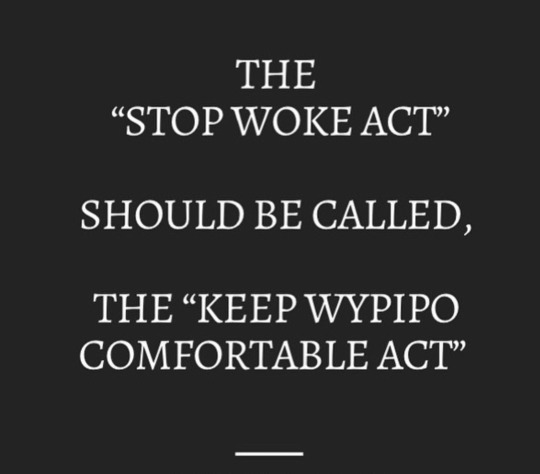
#stay woke#woke#stop repurposing words#wypipo#nothing new for natives#native american#usa#indigenous#firstnations#aa#ipoc#poc#crt#thankstaking#your border crossed us#mexican#mexica#salish#neemeepoo#saulteaux#ojibwe#cree#metis#inca#aztec#latino#settler colonialism
8 notes
·
View notes
Photo


Salmon Running Bracelet
Allen Thompson
95 notes
·
View notes
Text
orville peck: appropriation and intellectual property
Orville Peck is a white South African man who has built his entire career off of colonial North American western aesthetics that are directly influenced by Métis and First Nations cultures and aesthetics. This aesthetic is incredibly loaded and has a history that he seemingly has no understanding of other than the fact that often cowboys were queer. In fact, Peck has gone so far as to rip off Métis and Saulteaux artist Dayna Danger.

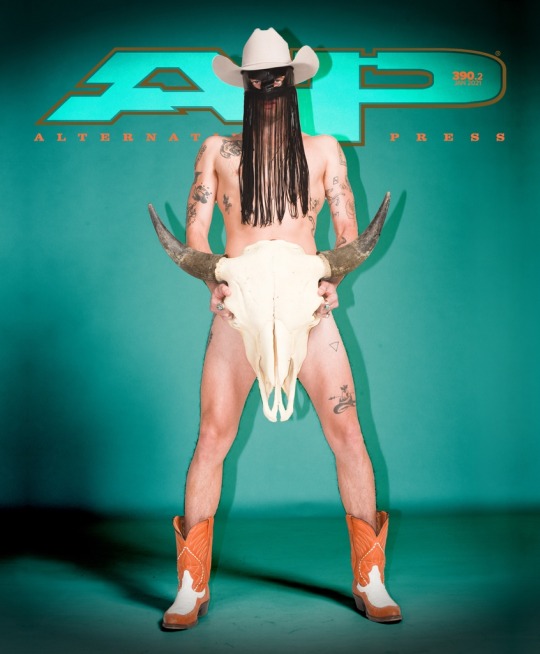
Fig. 1: Danger, Dayna. Big’Uns: Adrienne, 2017. Courtesy of the artist’s website.
Fig. 2: Orville Peck for Alternative Press Magazine, January 2021
The first image is from a series of similar photographs created by Dayna Danger, well known contemporary artist from Winnipeg, Manitoba. The second image is Orville Peck's cover for Alternative Press magazine's January 2021 issue. In addition to the responsibility of the photographers and stylists to be researching artwork and influences and giving proper credit, it is also up to all parties to understand the colonial implications of the material culture represented in Peck's magazine cover.
Given that Peck is a white South African man I highly doubt he has an actual understanding of how North America was colonized, how animals like bison were hunted into near extinction by white settlers seeking to starve the First Nations and Métis people into extinction as a tool in their ongoing genocide. Many populations of native fauna are still recovering from this practice. In addition to slaughtering millions of animals, white settlers posed proudly with their trophies, mountains of skulls representing the loss of our animals and their triumph over nature and our people.

Fig. 3: Men standing with pile of buffalo skulls, Michigan Carbon Works, Rougeville MI, 1892. Photo from Burton Historical Collection, Detroit Public Library
Rather than providing an artistic compliment on the history of North American colonialism and cowboy culture, Orville Peck culture hopped from one settler-colonial state to another, to profit from and flatten the aesthetic into something simply rooted in queer culture rather than Black, Mexican, Métis, and First Nations communities and histories.
Works Cited:
Alternative Press. Orville Peck cover, January 2021.
Danger, Dayna. Big'Uns: Adrienne, 2017. https://www.daynadanger.com/photography
Tascheru Mamers, Danielle. Men standing with pile of buffalo skulls, Michigan Carbon Works, Rougeville MI, 1892. Photo from Burton Historical Collection, Detroit Public Library. December 2020.
26 notes
·
View notes
Text
First Nations across Saskatchewan are settling claims against the federal government for hundreds of millions of dollars.
The settlements, known as "specific claims," are designed to correct historic injustices.
The largest single claim was announced earlier this week. Muscowpetung Saulteaux Nation will receive the maximum allowable settlement — $150 million — for a century old, illegal land surrender.
Muscowpetung is located approximately 80 kilometres northeast of Regina. In 1909, the federal government illegally seized half of Muscowpetung's reserve land — a total of more than 7,400 hectares.
Chief Melissa Tavita said Muscowpetung leaders made the initial claim to the federal government in the 1990s. She said it should not have taken this long, but she's glad it's finally over.
Continue Reading.
Tagging: @politicsofcanada
79 notes
·
View notes
Text
After about a decade of building up my crystal collection, I can no longer close my eyes to what I've been supporting. Far from the good vibes that crystals are purported to have, I need to be honest that their trade funds the same human rights abuses and environmental destruction that I've spent most of my life decrying. I need to address this cognitive dissonance within myself, and can no longer endorse buying mass-market crystals anymore. I call myself an earth-worshipper, or nature-worshipper, yet I'm contributing to the destruction of the Earth and her people. This no longer sits right with me. Yes, there are likely minerals in my phone that were mined using less-than-ethical practices, however a cell phone in this day and age is kind of a necessity. Decorative crystals and fossils, though, are more difficult to justify in this way.
I'm still going to keep the ones I have for now, because, welp, the damage has already been done, and getting rid of them now won't undo what I've been endorsing with my dollar. I still have a box of gems that I bought to make wire-wrapped jewelery with, and I'm still not sure what I'm going to do with those, so they're tucked away until I can decide.
If there's interest, I may make some pieces with them and put them up for sale as a Crystal Clearout sale, since I did spend a lot of money on those supplies. Or I might wear or gift them. We will see.
Back to my spiritual practice. What am I going to use instead?
River rocks!
Or lake rocks. Park rocks. Parking lot rocks. Farm rocks. Forest Rocks. Anything except store-bought is fine. Look at these cool rocks I've found in my city so far! These are geologically tied to the place I live, they carry the history on the land I'm on, which is not mine to live on. It is Treaty 6 territory—the traditional and ancestral territory of the Cree, Dene, Blackfoot, Saulteaux and Nakota Sioux. This territory is home to the Métis Settlements and the Métis Nation of Alberta, Regions 2, 3 and 4 within the historical Northwest Métis Homeland.
These stones carry the memory of the people who were here before me, and that of a not-so-distant history I need to address time and time again, examine my own biases, and do what I can to address inequalities right here, right now. They are a connection to this land, and those who live on it.

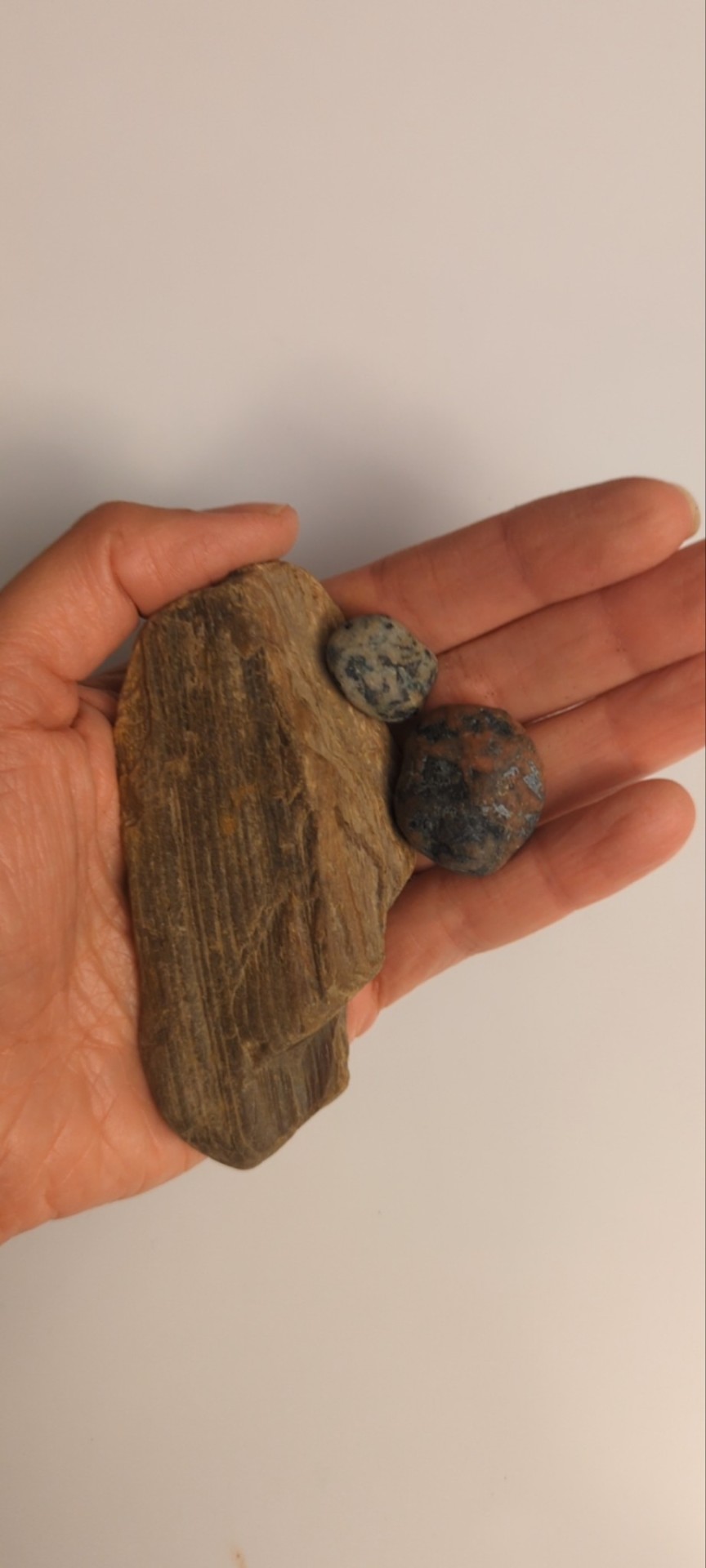
These stones can also hold my own memories, for instance this petrified wood reminds me of a day a friend and I went rock-hunting by the river, and on a trip to Ontario with this same friend, we found some jade (I think). Which brings me to another point. I am not a geologist. I plan to learn about minerals local to me, but I'll never have the assurance of some shopkeeper (whatever that's worth) that what I'm holding is 100% a piece of pure amethyst, and here is a list of its properties. Instead, I'll be able to find my own meaning in the stones, feathers and flowers I find while walking in the world, and use them in my practices the way I feel intuitively guided to.
In spiritual practices, what we are working with is energy and intention. The rest are simply tools, symbols for our brain to understand what we are channeling towards or away from. The most important quality you can develop as a witch, a pagan, a yogi, a spiritualist, whatever you wish to call yourself, is self-trust. Trust that you are enough. Trust that this stone made its way to you so that you would find it exactly when you did. Trust that the herbs you lovingly grew, watered, bundled and dried are sufficient for clearing any stale energies. Learn from those who came before you, but at a certain point, you have to free yourself from reliance on corporations, merchants, readers, authors, course creators, and anyone else looking to make a buck off your lack of experience and confidence.
When you have a true need, harken not to others' greed. (the Wiccan Rede)
Consumerism has its hooks in us to such a point where we feel like we have to buy our way out of all of our real or perceived inadequacies.
Feeling down? Buy this sun lamp!
Tummy hurts? It's this scary new syndrome I just made up! Peer review, what's that? Nevermind. Buy this supplement!
Want to feel really cool and attractive? Buy this new outfit!
Want to make friends? Learn a new hobby! Oh, but this hobby requires you to buy all this gear before anyone thinks you're serious about it! And make sure you buy a t-shirt that says you're into this hobby while you're at it, so you can talk about it to everyone!
McSpirituality works the same way. Feel like you don't belong? It's definitely a past life thing, buy a reading with me to find out! Looking for love? Make sure you buy a rose quartz to send a lover your way within 24 hours. Hmm, it didn't work? It must not be big enough. Make sure you buy this one instead! Trying to get into meditation? You'll need to buy a zafu, some mala beads, and a buddha head with some very questionable history Are you broke after all these purchases? You can just buy this abundance generating spell kit, and this $10K course (I have seen this price point, it's not hyperbole) on dissolving your subconscious blocks to abundance!
It's not your fault, it's the system we all live in. I was, and still am, immersed in it too. If you're in a tough place, it can be so easy to be swept up by the promise of a quick fix, because spiritual work is hard. You'll have to confront yourself in some tough ways, work through traumatic experiences and spend years building discipline and focus.
It's a lot easier to just walk into a crystal shop and pick the one you like, isn't it? But I want to remind myself that life doesn't work that way.
Do you just walk into a store and pick out the partner, the job, the house, the experiences, the circumstances that look prettiest?
Okay, maybe some of you do if you're very lucky or have certain privileges, but these choices aren't always the ones that guarantee long-term compatibility or happiness.
In real life, it's a lot more like walking down a riverbank with a friend, catching up on life, and showing each other the cool thing you found, maybe deliberating on what it might be. Your rock might look different than hers, but you found it and it feels good to you. Maybe the shape feels satisfying and built just for your hand. You feel like it was waiting for you all this time.
Or maybe it's like walking home after a difficult day, and seeing the little sparkle of something glimmering in the sunlight. Maybe this represents hope and silver linings. Maybe a bird eyes you as you examine your rock, offering you company and understanding in a way that words fail to.
That feeling certainly isn't for sale in stores, or online. If I find it at a garage sale, I'll let you know.
#witchblr#wicca#green witch#witch#wiccan#crystals#altar#ethical crystals#mining#human rights#anti consumerism#witches against consumerism#witches vs patriarchy
39 notes
·
View notes

